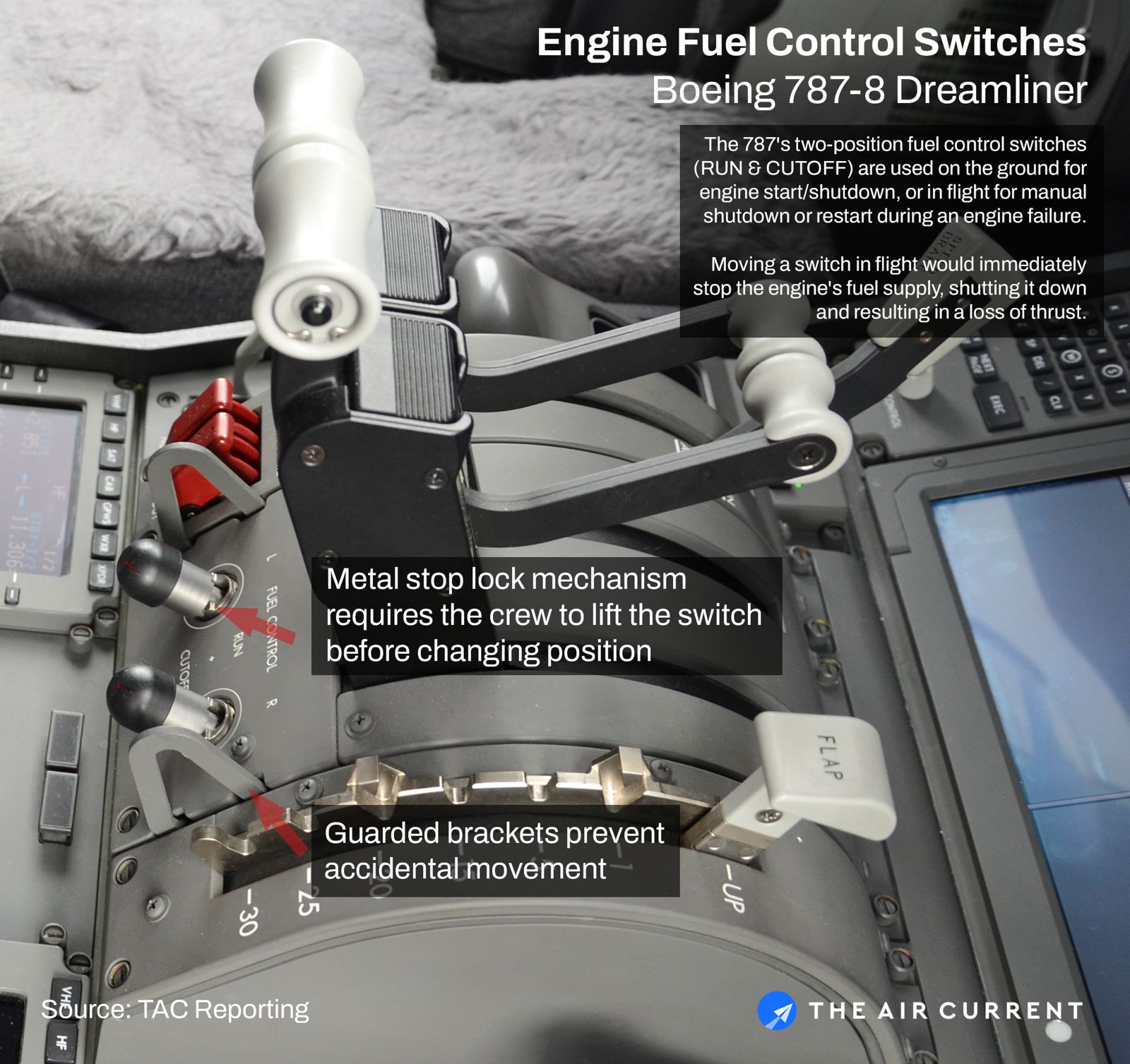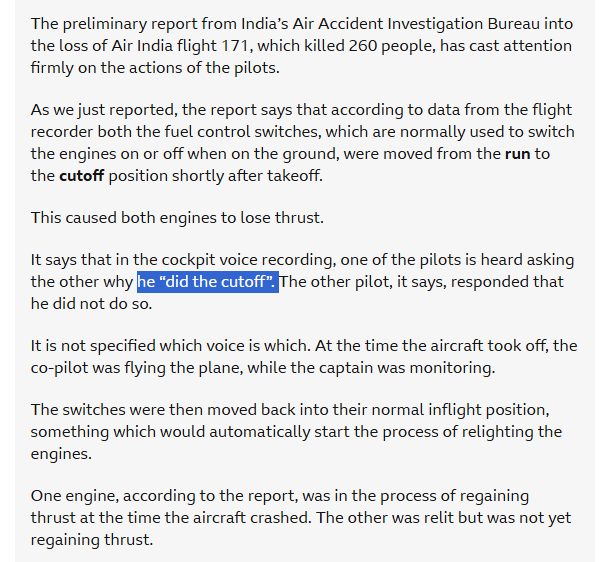They could put big screens/grills across the front of the engine to prevent birds, people & the occasional 4-legged wild animal that decides to cross the runway from being sucked into the engine. Of course, now you have a bird stuck on the grill that is impeding air flow to the engine. Hmmm, maybe we should put a windshield wiper device to sweep off whatever is stuck on the grill to restore airflow. Assign this to engineer Rube Goldberg to come up with the final design spec.
Well, what if the guy had been carrying a bomb to blow up the plane (with its 160 people on board)? An airport as big as Milan should have security measures to prevent this from happening.
Detailed inspection and overhaul, possibly repairs of damaged components (which is a different beast than replacement of components), likely introduction of airworthiness limitations on that particular engine (read: increased monitoring and inspection schedules, which results in more frequent downtime and higher cost).
It really depends on the extent of damage and whether the costs of repair and return to service make any sense economically. Going from 7000 hour inspections to 5000 hour inspections "might* make sense for some operators (numbers entirely made up) but dropping to 1000 probably isn’t viable. It gets worse if the inspections are nonstandard (needing special procedures and equipment different than the routine procedures).
So, basically, time and money and lots of both. Which is true for all certification questions.
I view security as a whole different project from safety.
And yes, Milan does have security measures that keep this from happening every day. As do all the rest of the airports. But that doesn’t mean that nobody ever successfully evades whatever security measures there are.
I will be curious to learn, if we ever do, how this person got into the secure area. Part of the article suggested they were immediately adjacent to the terminal when this happened, and another part that they were adjacent to or on the runway when it happened. Not much precision there, so not much that can usefully be said about how to reduce similar occurences.
Or someone looking for a ride in the wheel well.
Intestinal fortitude.
I posted this in the other thread. Looks like we’ll get a preliminary report on the 11th.
Air India jet’s fuel switches in focus, as crash preliminary report nears
- A preliminary report into the deadly crash of an Air India jetliner in June is expected to be released by Friday, three sources with knowledge of the matter said, with one adding the probe had narrowed its focus to the movement of the plane’s fuel control switches.
- The investigation into the Air India crash is focusing on the movement of the engine fuel control switches following an analysis of the 787’s flight and voice data recorders, along with a simulation by Boeing of the aircraft’s final moments, one of the sources said.
I thought/read/imagined that the fuel control switches were “locked” - wrong phrase - under a cover to prevent accidental engagement? Ahhh, I guess we’ll all have to wait.
You are correct. They’re covered switches.
While it will be clear to see from the flight data recorder if the fuel control system was switched from run to cutoff, it will take months to determine why it happened. The pair of switches behind the throttle features a metal stop lock mechanism with the panel itself bounded by brackets. It’s set up specifically to prevent the captain or first officer from accidentally clipping a switch with a hand or arm and starving the engine of fuel. The loss of thrust would happen quickly.
They’re not physically covered. The switch has to be pulled up and over a protrusion to move from one position to the other.
Thanks Richard_Pearse
The picture I found was from the side (not sure how to post a picture). You have to scroll down but it gives a better view of the side brackets that help guard the switches. If anyone can get the image up feel free.
If the top of the switches have a lip underneath them then I can see something like an IPAD or phone case dropped just behind the switches and then levering them up and over without noticing it happening. something made worse by the engines shutting down and the panic that ensues. It would be a bizarre and unlikely event but that’s how crap happens.
Right-click the photo and select “copy image address” (or similar) then paste it into a post on its own line to get it to appear in the post.
Yeah I can imagine ways a foreign object could turn both fuel levers off. Unlikely, but then the event itself is unlikely, so whatever happened will necessarily be unlikely.
Cycling the fuel switches is also part of the procedure for a dual engine failure, so IF they were cycled that might have been in response to a real or perceived loss of thrust in both engines.
Preliminary report is out tomorrow. That should answer some questions, the what, if not the why.
Those are bog standard Boeing engine run switches. Same as installed on 757s, 767s, 777s, and even newer 737 NGs & MAXes.
Substantially impossible to activate inadvertently. They take a fairly hard pull outwards from the panel against a rather stout spring to clear the mechanical guard before they can be moved to the opposite position. Of course if they weren’t properly placed into the fully locked “on” position after engine start they might have ben jostled to “off” by any of the bumping and pounding while roaring down the runway. But it seems a bit unlikely for both to have been mis-placed after start and both to jump to “off” that closely in time.
Story time …
There was a very close call with a Delta 767 umpteen years ago, maybe late 1970s, where the Captain inadvertently switched off both engines climbing through ~1000 feet leaving LAX. And they immediately noticed what they had done, switched them both back on, and after a brief delay thrust was restored and the airplane only got scary close to the water below, not actually into it.
This was a case of what we call “transference”. The norm after parking the jet at the gate and cutting over electrical power to the APU is for the Captain to reach down and move each engine switch from on to off, bang bang.
At that time with those engines there was also a set of switches for the EEC’s, Electronic Engine Controllers. EECs at that level of tech were electronic overrides / fine-tuning devices to the engines’ hydromechanical fuel injection systems. And there was still some industry suspicion that these gizmos were just one more failure point better used sparingly, rather than being an essential safety feature to be left on all the time.
The EEC switches were push-on / push-off buttons. And located about 1-2" forward of the engine on/off switches there just aft of the throttles. Due to the aforementioned suspicion, the EECs were used only for takeoff and landing. So procedure then was at about 1000 feet for the pilot flying to reach down, and push each button quickly in turn to switch them off; bang bang. They’d be used again for landing, but not in cruise.
So the after parking and after takeoff muscle memory actions were very, very similar with very very different consequences. Sux to be you if your mind / hand pulls up the wrong muscle memory up at a time you’re already pretty busy. Oops.
That’s exactly what happened to this poor hapless dude. Meant to kill the EECs, but instead killed the engines.
The EEC switches were subsequently moved to the overhead panel. And as industry developed more experience with them, they became one of those switches that’s left on all the time, except for maintenance procedures or malfunctions. On a typical flight nowadays your only interaction with them became to verify they are selected “on” during the preflight check, and that they don’t display a failure indication after engine start.
That was a very close call.
The relevance of that bit of history to the Air India event may be zero or may be lots. There’s certainly nothing like EEC switches near the engine on/off switches on a 787. Nor is there any switch action anyone is expected to take just breaking ground. But if somehow somebody (probably the Captain) had a very inopportunely timed brain fart, there they’d be. Just off the ground and two switched-off engines. Oops.
I can see “transference” happening.
Thanks Richard_Pearse
Not going to bother listening to a video.
If the wreckage has the switches in “off” we have a very different and rather sinister problem. Plenty of innocent exogenous reasons they might legitimately have been cycled “on” - “off” - “on”. But off and left off is a rather different, and mostly crazy suicidcal, mess.
PDF 15 pages
They did not have the switches in the off position at the crash. …both engines were lit and powering up - one was powered up - I’m a bit surprised with one relit and powered and the other relit but not up to speed the plane could not at least stay in level flight.




